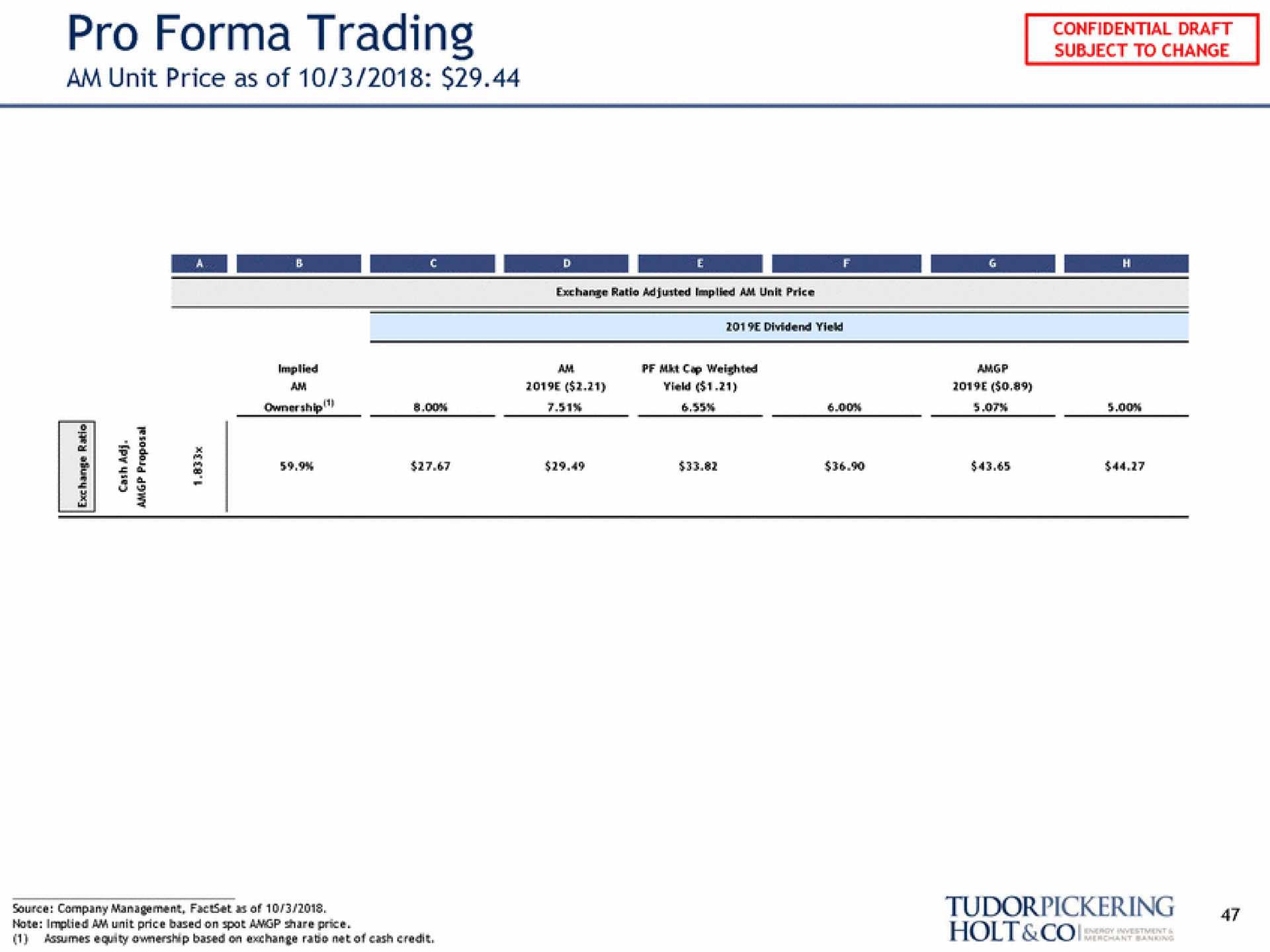Introduction:
Imagine the adrenaline rush of participating in the trading arena, only to find yourself halted in your tracks by an unexpected “trading halt.” In the world of financial markets, trading halts are sudden interruptions in the trading of a specific security, an event that can send waves of uncertainty through the investment landscape. In this article, we will delve into the intricacies of options trading halts, exploring their causes, consequences, and implications for traders.

Image: www.angelone.in
Trading Halts in Options Trading:
Trading halts, an integral part of ensuring market stability, are imposed by exchanges when certain predefined conditions are met. These conditions may include significant price fluctuations, technical issues, regulatory concerns, or news that could materially impact the value of the underlying security.
By suspending trading, exchanges aim to prevent excessive volatility, maintain orderly markets, and give traders time to assess the situation and make informed decisions. Once the underlying issue is resolved, trading resumes, allowing market forces to determine the security’s value.
Causes and Consequences of Trading Halts:
Options trading halts can stem from various factors:
- Extreme Price Movements: When the price of an underlying security experiences sudden and substantial changes, exchanges may halt trading to prevent market manipulation and excessive volatility.
- Technical Glitches: System malfunctions or errors within the exchange’s infrastructure can necessitate a trading halt to ensure smooth market operations and protect trader interests.
- Regulatory Interventions: Regulators may intervene and impose trading halts to address concerns related to insider trading, market manipulation, or other violations.
- Material News Announcements: Significant news events, such as earnings reports, mergers and acquisitions, or regulatory changes, can trigger trading halts to allow market participants to digest the information and adjust their positions accordingly.
Tips for Traders Navigating Trading Halts:
Trading halts can be both disruptive and challenging for traders. Here are some expert tips to help navigate these situations:
- Stay Informed: Monitor news sources, exchange announcements, and social media platforms to stay abreast of potential trading halts and their underlying causes.
- Assess the Situation: Once a trading halt occurs, take time to evaluate the available information and assess its potential impact on your positions.
- Consider Risk Management: Review your risk tolerance and adjust your strategies as needed to mitigate potential losses caused by trading halts.
- Avoid Panic Selling: In the face of a trading halt, avoid emotional decision-making and resist the urge to panic sell.

Image: www.slidebook.io
Frequently Asked Questions on Options Trading Halts:
Q: What is the difference between a trading halt and a trading suspension?
A: Trading halts are temporary interruptions, while trading suspensions are indefinite and require regulatory approval to resume trading.
Q: Can trading halts happen to any option?
A: Yes, any option contract can be subject to trading halts based on the underlying security’s performance or other factors affecting the market.
Options Trading Holt

Image: www.wintick.com
Conclusion:
Options trading halts are an essential tool for maintaining market stability and safeguarding trader interests. By understanding the causes, consequences, and practical tips outlined in this article, traders can navigate these interruptions with greater confidence. Whether you are a seasoned trader or just starting your journey, staying informed and adopting sound risk management practices will enable you to make well-informed decisions in the face of trading halts.
Are you interested in learning more about options trading halts or other financial market topics? Explore our comprehensive financial blog resources today and elevate your trading knowledge to new heights.






